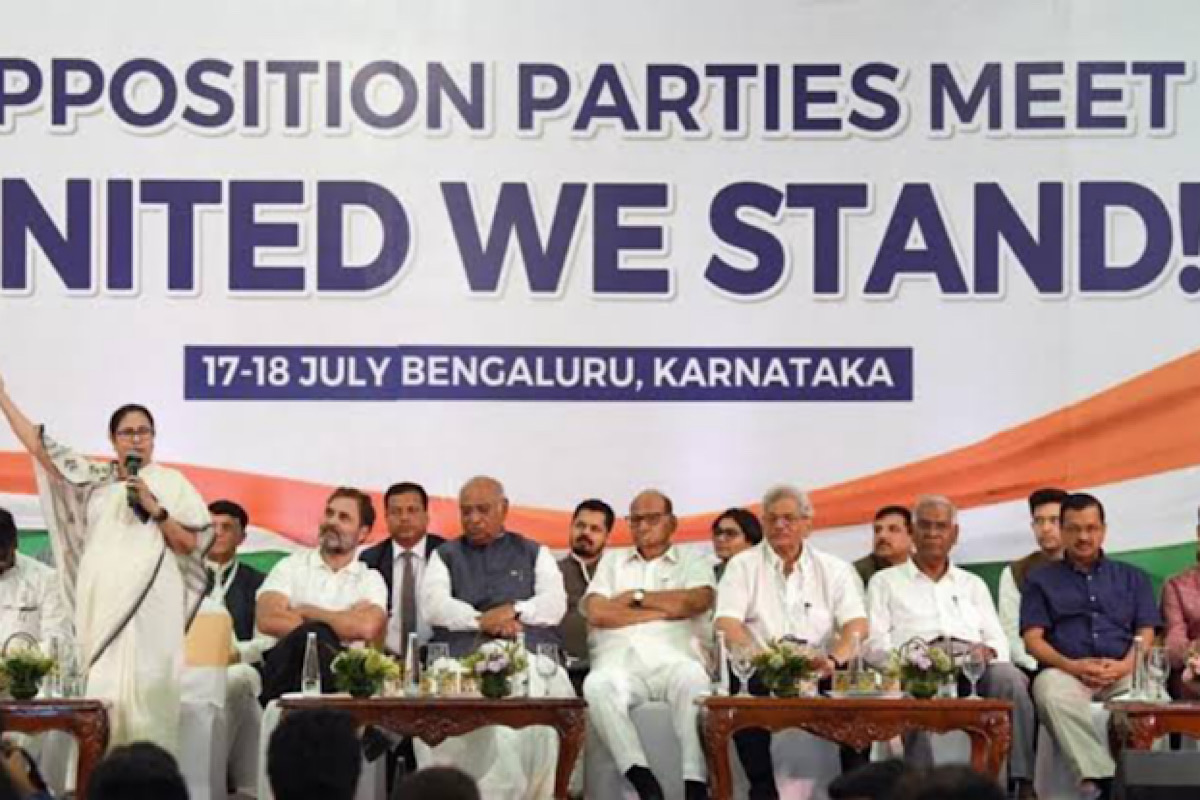The Indian political landscape is gearing up for an interesting election season. The third meeting of leaders of the newly-formed INDIA
alliance of opposition parties commences in Mumbai on August 31. The two-day meet is expected to establish an 11-member coordination committee and may discuss state-specific seat-sharing arrangements. Furthermore, discussions have begun on sharing social media content among the alliance parties to have a greater impact in the digital space. The INDIA alliance, an attempt by opposition parties to collectively challenge Prime Minister Narendra Modi’s popularity and the BJP’s dominance, aims to consolidate the opposition vote and present a united front against the ruling party. But however determined alliance leaders may be to give Mr. Modi a good fight, the path ahead might be challenging due to historical rivalries and other internal dynamics among opposition parties.
Advertisement
The most pertinent hurdle in this endeavour is their unwillingness to declare their candidate to take on Mr. Modi. Despite some setbacks, prominent among them being Karnataka, the Prime Minister’s approval ratings remain high and he continues to be a charismatic leader. Historically, Indian national elections have indeed often taken on a presidential character, where the choice of the Prime Ministerial candidate plays a significant role in influencing voters’ decisions. Having a strong and recognisable face as the Prime Ministerial candidate can help unite voters around a leadership choice. The absence of a pre- poll Prime Ministerial candidate in the INDIA alliance might make it challenging for them to project a uni- fied and compelling leadership image.
The strategy of some voices within the alliance to call for “anyone but Modi” reflects a strategy to garner support among those who harbour an antiincumbency sentiment. This, though, will not be as effective as having a specific candidate to rally behind. Voters generally prefer clarity about who will lead the coun- try, as seen in past instances. Without a clear frontrunner, there could be concerns among voters about post-poll power struggles and uncertainties regarding the Prime Ministership. However, the INDIA alliance hopes to make an impact by potentially denying the BJP a clear majority in the Lok Sabha next year. As the election approaches, it will be interesting to see how the political landscape evolves and whether the opposition alliance can effectively challenge the rul- ing party’s stronghold.
The success of the INDIA alliance could depend on how effectively they communicate their vision, policies, and alternative ideas to the electorate. While not having a pre-poll Prime Ministerial candidate might pose challenges, the alliance might still manage to gain support if they present a cohesive and compelling agenda that resonates with voters. Ulti- mately, the ability of the INDIA alliance to succeed will depend on a combination of factors, including the strength of their policies, the unity they can maintain and their ability to effectively communicate their message to voters. While on past record, this is a tall order, politicians live on hope.









